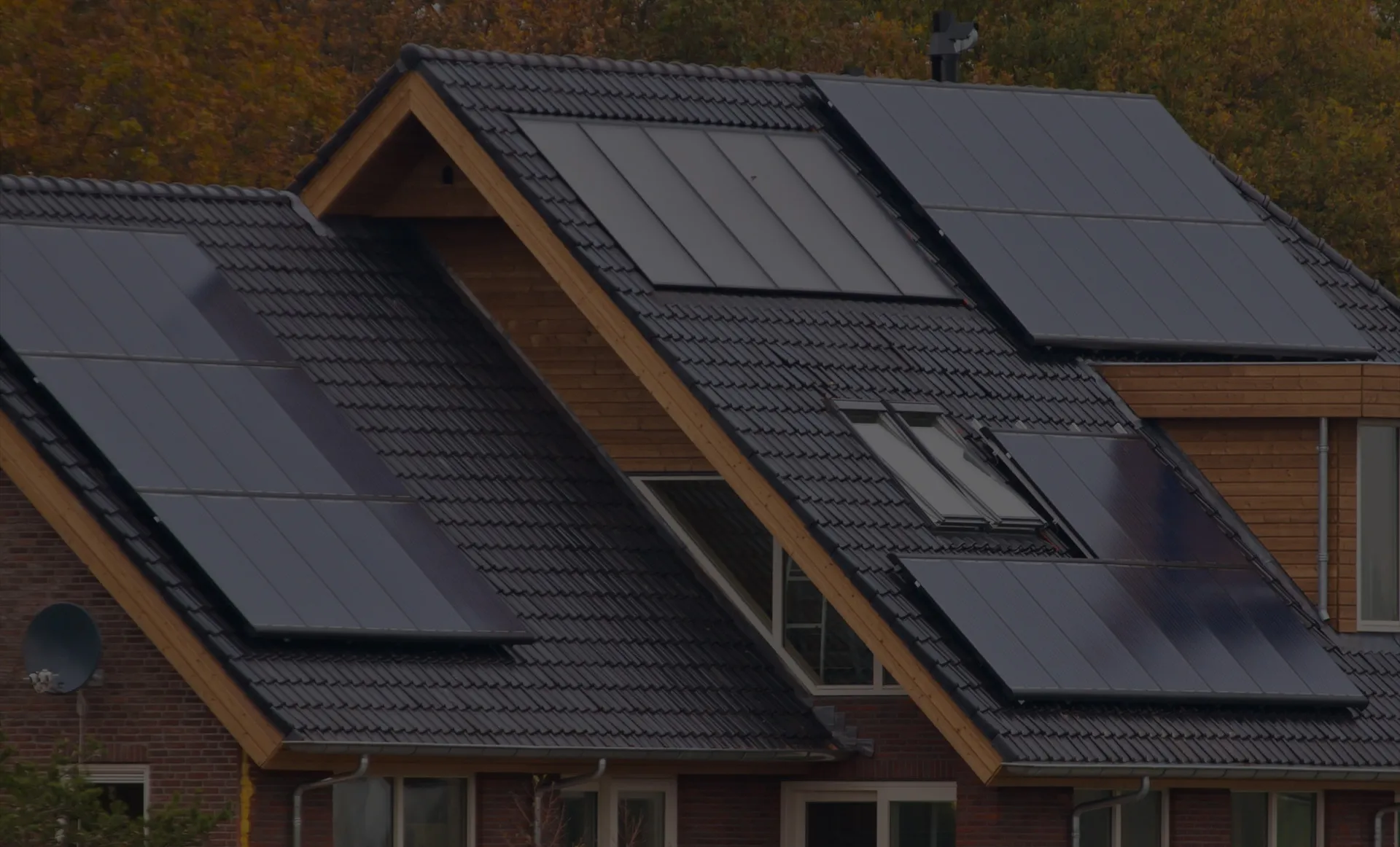Advancements in Bifacial Solar Cell Technology and Their Impact on Renewable Energy Efficiency
Bifacial Solar Cells A Sustainable Future in Solar Technology
In recent years, the push for sustainable energy solutions has led to innovations across the renewable energy sector, particularly in solar technology. Among these advancements, bifacial solar cells have emerged as a promising alternative to traditional monofacial panels. These innovative solar cells, which can harvest sunlight from both sides, offer numerous benefits that could transform the solar energy landscape.
What Are Bifacial Solar Cells?
Bifacial solar cells are photovoltaic devices that can capture sunlight on both their front and back surfaces. Unlike conventional solar panels, which only utilize one side, bifacial panels take advantage of albedo effect (the reflection of sunlight off nearby surfaces) to generate additional electricity. This dual-surface functionality allows them to achieve higher energy efficiency, particularly in installations where the ground is reflective, such as snowy or sandy areas.
Enhanced Efficiency and Energy Yield
One of the most significant advantages of bifacial solar cells is their ability to produce more electricity compared to traditional solar panels
. Studies suggest that bifacial panels can generate between 10% to 30% more energy, depending on the installation conditions and geographical location. The efficiency gains are attributed to their ability to capture reflected sunlight, which can significantly boost performance, especially in regions with high albedo surfaces.Improved Durability and Lifespan
Bifacial solar cells are generally designed with improved durability and resistance to environmental stressors. Traditional solar panels tend to degrade more rapidly over time due to exposure to the elements. However, bifacial panels often utilize glass on both sides, reducing the risk of damage from harsh weather conditions and offering better protection against corrosion. This durability can extend the overall lifespan of the solar system, making bifacial technology a wise investment for consumers and businesses alike.
bifacial solar cells

Versatility in Installation
Another notable feature of bifacial solar cells is their flexibility in installation. They can be deployed in various configurations, including ground-mounted systems, rooftop applications, and vertical installations. This versatility opens up new possibilities for urban environments where space is limited, allowing for more efficient use of available area without compromising on energy output.
Environmental Benefits
As the world grapples with the consequences of climate change, the adoption of bifacial solar technology presents an opportunity to reduce carbon footprints significantly. By enabling higher energy generation without expanding the physical footprint of solar farms, bifacial panels help maximize land use while minimizing ecological disruption. Moreover, their longevity and efficiency contribute to a more sustainable lifecycle for solar energy systems.
Economic Considerations
Although bifacial solar cells have higher upfront costs compared to traditional solar panels, the long-term benefits often outweigh these initial investments. The increased energy production and extended lifespan reduce the overall levelized cost of energy (LCOE), making bifacial technology an economically viable option. Additionally, as global demand for renewable energy surges, continued advancements in production techniques and economies of scale are expected to drive down costs even further.
Conclusion
Bifacial solar cells represent a significant advancement in solar technology, offering enhanced energy production, improved efficiency, and environmental sustainability. As the global community seeks innovative solutions to combat climate change and transition to renewable energy sources, the adoption of bifacial solar technology could play a crucial role in shaping a sustainable energy future. With ongoing research and development, bifacial panels may well become a standard in solar energy deployment, driving us towards a greener tomorrow.
-
String Solar Inverter: The High-Efficiency Solution for Smart Solar EnergyNewsJul.14,2025
-
Revolutionizing Rooftop Energy with the Power of the Micro Solar InverterNewsJul.14,2025
-
Power Independence with Smart Off Grid Solar Inverter SolutionsNewsJul.14,2025
-
On Grid Solar Inverter: Powering the Future with Smart Grid IntegrationNewsJul.14,2025
-
Monocrystalline Solar Panels: High-Efficiency Power for the Future of Clean EnergyNewsJul.14,2025
-
Bifacial Solar Panel: A Smarter Investment for Next-Generation Energy SystemsNewsJul.14,2025







